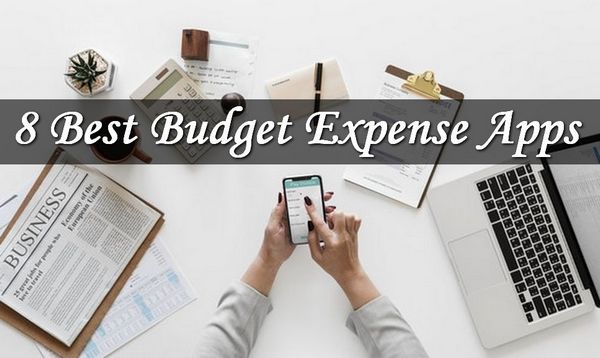1). Mint.com Personal Finance
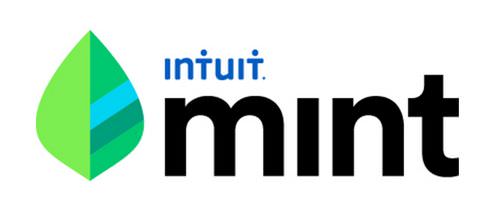
Mint.com is a personal finance app with the best budgeting and tracking features for investors, and personal finance beginners. Its main features are based on budgeting and tracking costs.
Setting up a budget is simple as all your transactions will be categorized automatically into predefined categories after downloading and syncing. Apart from that, you can easily track and manage your goals which of course will be reflected in your monthly budget.
Additional credit score tracking options recently introduced new features and help you track your entire financial picture.
One major complaint from most of its users relates to Mint’s very simple Bill Pay feature and investment tool with negative reviews, users also report bank sync issues.
2). Wallet
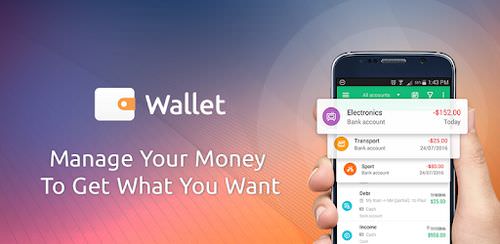
Wallet not only allows you to set a budget and track spending by category, but also, you can create budget forecasts that allow you to get a complete picture of how your spending habits are impacting.
It has some great features which can give you a completely individualized experience, the most prominent feature being the attractive design with excellent color coding factor. The goal-setting characteristic is another great feature that allows you to plan for future expenses that may cost a lot of money.
The app includes automatic bank sync for your balances and expenses with options to import your entries and track budgets.
Even though the app is free, you can upgrade to a premium subscription for an additional fee to enjoy the features.
3). Clarity Money
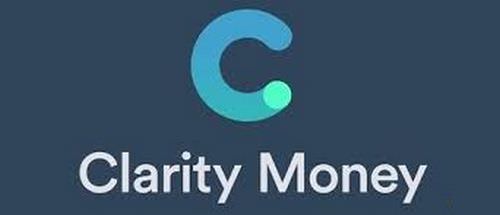
Clarity Money consolidates your financial accounts and transactions into a simple interface where you can see details of both your spending habits and your financial health on the other. It keeps online goods transaction tabs across all your financial accounts in addition to giving you visibility into your total account balance and total financial position.
The signature feature in this app takes into account a recurring fee asking you to review it and cancel any service you are not interested in.
One major setback with Clarity Money is the lack of tools for budgeting, segregation of transactions and cash management in addition to providing insufficient information and no independent verification of security.
4). Expenditure

Spendee is a free money tracker app for budget planning and money management that’s perfect for people who prefer tracking their daily expenses over a complicated bookkeeping process. The interface of this app is simple and consistent with different color codes, common and easy to understand labels with enhanced functionality and interaction giving you a great experience.
Its core feature is the daily expense feature which provides you with detailed and distinct categories allowing you to calculate expenses that fall under the same category. The multi-currency feature also makes it easier for users to update their default exchange rates.
The main drawback of this application is the excessive use of animations and layers in one screen besides the difficulty of entering data.
5). Home Budget with Sync
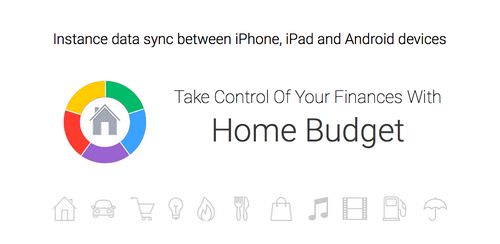
Home Budget with budget paid app is efficient synchronization for someone who uses multiple devices. This allows you to create a budget to manage revenue amounts and categorize expenses over time. You can add different types of accounts, recurring fees, and in addition transfer money from one account to another.
You can also navigate through the app and enter info easily once you have it set up. There are options to set reminders for your bill due dates and display and forecast expenses for the next few months.
The main setback that comes with this app is the risk of messing up your budget reports when you want to make changes because the whole process of overriding and syncing the budget is very complicated.
6). PocketGuard
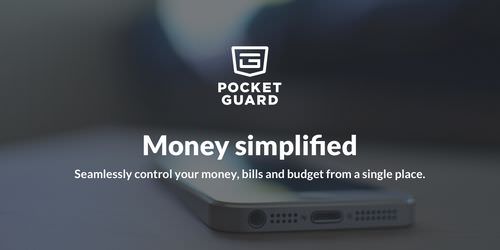
The free PocketGuard app is on its way to becoming one of the most useful personal finance apps around. It focuses on projections rather than history and shows the amount of money spent per day, week and month.
PocketGuard’s setup process is quicker given the fact that it’s not as detailed as many other apps. All you need to do is connect to your various financial accounts via an encrypted connection that doesn’t ask you to spend time adding your financial goals.
PocketGuard, however, is not a good choice for people with complex financial situations because of its simplicity and lack of a targeted monthly savings goal.
7). IOU – Debt Manager

IOU is a paid debt management app with a monthly subscription service option that allows very insignificant but important features including email reminders and web-based combos. With this app, you can track your loans, recurring payments, bills and personal debts all in one app.
Integration with your address book for email alerts is the first step of setup. Its cloud sync tool is one of the outstanding features of this app as it allows you to store and edit your data on different devices and also allows you to share debts with your contacts.
The entire application flow includes the entry of debt to pay off debt either in part or in full or even overpayment. The flow from actual entry to checkout, however, is a little confusing.
8). Capital
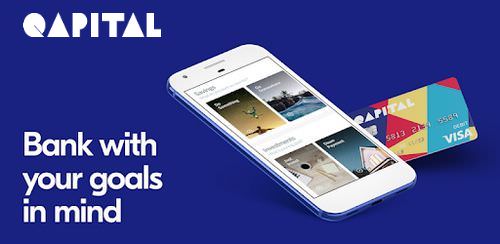
Qapital is a great free mobile banking app for new, hands-off savers and goal-oriented investors as it lets you save money by collecting daily purchases and other activities.
With this app, you can set goals and rules that will trigger transfers from your bank account linked to your Qapital account. It’s an excellent savings app because you can effectively set specific amounts of money to save and automate the “set it and forget it” feature so you can easily save money without even realizing it.
Qapital is properly configured to allow you to save money for future emergencies and other long-term goals.
